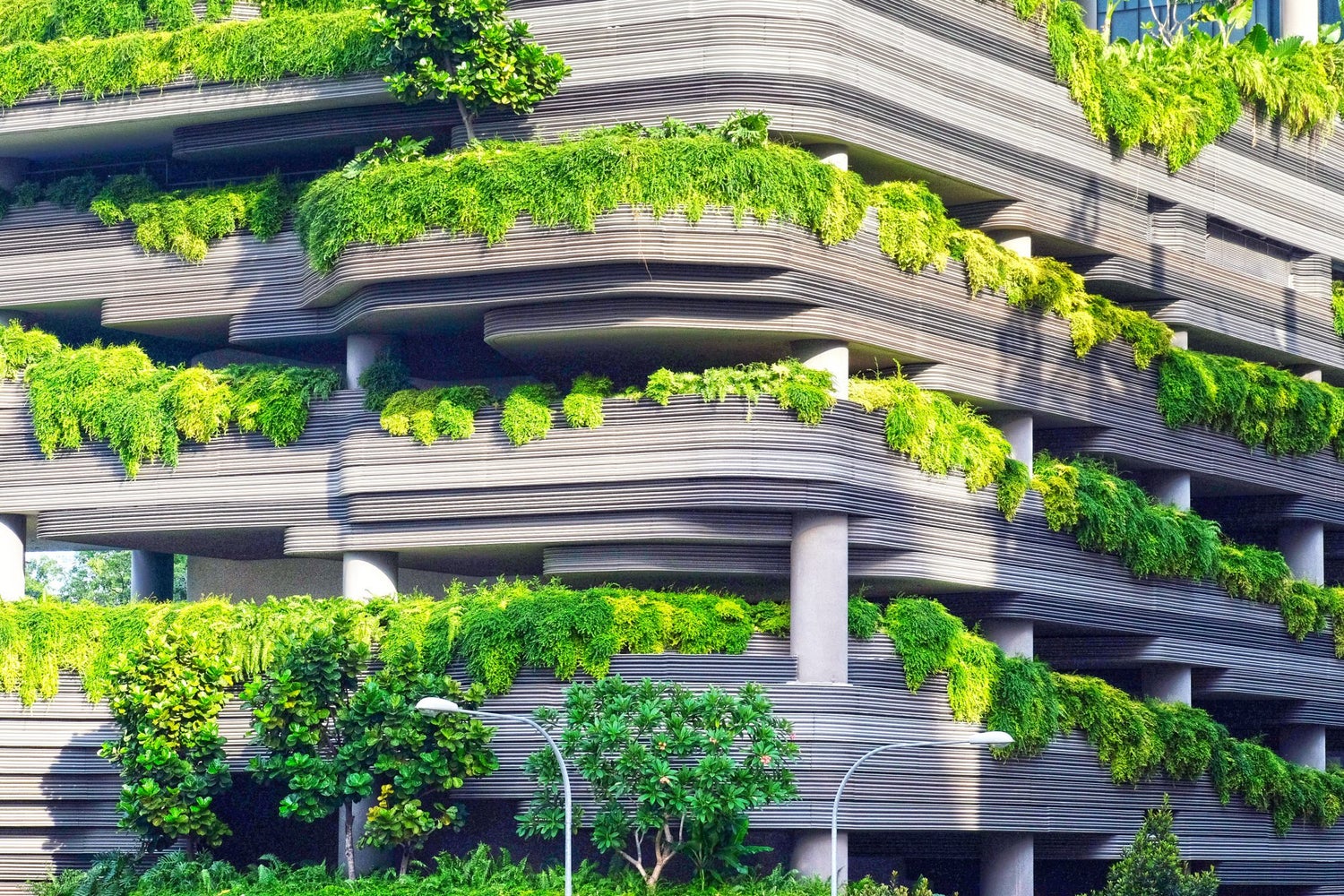On a recent weekend, The Collective’s Impact team joined thought leaders from the Art / Earth / Tech network for a two-day sprint to brainstorm the ideal co-living model.
A few months back, I met some individuals from Art / Earth / Tech, a group that runs research and education into ways of living wiser and weller. By providing “space, a network and knowledge,” they aim to foster “a community of people seeking a wiser world.”
The Collective’s Impact team is currently researching how to measure our social and environmental sustainability. With this in mind, a couple of our team members joined Art / Earth / Tech’s recent sprint on the ideal co-living model, to exchange insights and frameworks with others investigating the same questions as us.
A couple of our team members joined Art / Earth / Tech’s recent sprint on the ideal co-living model, to exchange insights and frameworks with others investigating the same questions as us.
The group was made up of people interested in creating alternative urban paradigms and ecosystems. Participants included Penny Clark – a sociology researcher studying co-housing, Laurie Parma – a Cambridge neuroscience and behavioural science researcher who focuses on well-being, Tom Manwell – architectural director at Dreamstudio Architecture, Noah Walton – the founder of Eco Soul Hostel, and Naima von Ritter Figueres, who is also an Art / Earth / Tech Ambassador. They have gone on to create Conscious Coliving, an impact-driven consultancy that helps co-living developers and operators embed sustainability, wellbeing and community into their spaces, experiences and business strategies.
The idea of the sprint was to draft a proposal that would dive into several aspects of this co-living space including the architecture and design, community experience, standards of well-being and sustainability and the financial and legal models. One of the hosts and lead of Art / Earth / Tech’s London Hub Tom Manwell, describes his ideal vision of sustainable co-living:
“Sustainable co-living living means a way of living together in community which is both environmentally and socially sustainable. In particular there is an increasing need for a new model of living for those in their 20s and 30s which combats loneliness through encouraging community, provides well designed modern accommodation for those not yet able to purchase a property, helps those with similar interests support each other’s personal and worldly growth, reduces carbon footprints through greater sharing of resources and increases the well-being and happiness of its residents through encouraging connection rather than consumerism.”
We ideated a ‘conscious co-living model’ that would accommodate 40-80 residents in an urban environment similar to that of London and would be a mix model that allows for mostly young professionals but also a percentage of families and elderly populations. Naima Von Ritters explains this conscious co-living model as:
“Living in a way that is more conscious/aware on several levels: of ourselves, of other people, and of the natural world around us. Becoming more conscious in these ways can enable us to:
- Live out our lives in a way that is more aligned with our true values, as opposed to those determined by society
- Practice behaviours that are more aligned with our planetary boundaries
- Develop more healthy and authentic relationships with others.
Conscious co-living is about living in community where such consciousness is encouraged, where residents help each other live more meaningful, sustainable and wellbeing-full lives.”
Our final proposal led to a building that would be low-rise but high density. Our design would be inspired by biomimicry, and we envisage the style being natural, with organic curves, natural materials and soft furnishings which would create a warm and homely feel. In terms of technology we would consider automated energy-saving devices, smart appliances, wise devices, circadian lighting, natural heating, smart meters and sensors to measure wellbeing.
Taking into account the variables of the Felicia Huppert’s ‘Flourishing Indicators’, we chose three indicators for wellbeing – vitality, emotional stability and positive relationships – that reflect the bio-psychosocial model. Our goal was to come up with a prototype for an urban oasis that fosters connection, wellbeing and socially and environmentally responsible mindsets and actions.
Our goal was to come up with a prototype for an urban oasis that fosters connection, wellbeing and socially and environmentally responsible mindsets and actions.
One of the sprint’s participants Penny Clark, is a PhD researcher at the Policy Studies Institute, studying community groups and intentional communities. She describes this ideal co-living space as: “more than just a practical and environmentally-friendly housing solution. It allows us a meaningful way to connect with each other and our environment. From this we can situate our place in the world, and relate to our community and environment in an engaged and positive way.”
We came out of the weekend with designs of the space, and for how such a project would be structured and governed. The sprint may lead to other workshops to further brainstorm ideas for co-living of the future.
Art / Earth / Tech’s London hub also hosts other types of sprints and workshops. They are also organising a week-long gathering in the south of Paris in July, to explore how we can live well and wisely.
